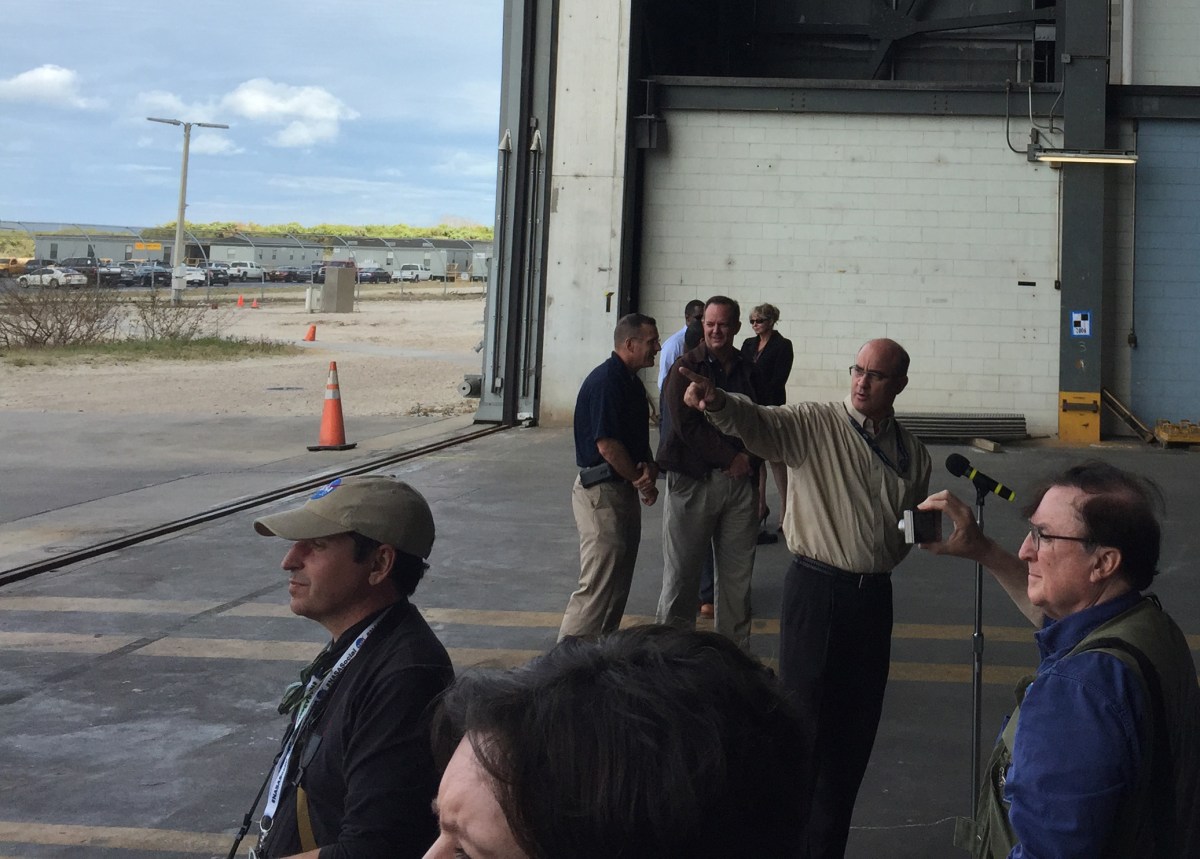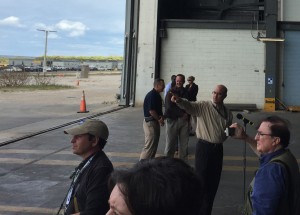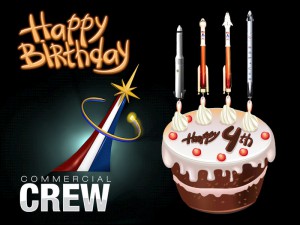 The Commercial Crew Program is four years old this week, and what a four years it has been — every year seems to bring accomplishments that outpace those of the year before! The program was formed to facilitate the development of U.S. commercial crew space transportation systems with the goal of achieving safe, reliable and cost-effective access to and from the International Space Station and low-Earth orbit.
The Commercial Crew Program is four years old this week, and what a four years it has been — every year seems to bring accomplishments that outpace those of the year before! The program was formed to facilitate the development of U.S. commercial crew space transportation systems with the goal of achieving safe, reliable and cost-effective access to and from the International Space Station and low-Earth orbit.
In the past year, we’ve expanded our focus beyond the development stages of spacecraft and launch vehicle systems to complete crew transportation systems. We are working closely with four industry partners — Blue Origin, Boeing, Sierra Nevada Corporation and SpaceX — with our sights firmly set on the horizon of a new dawn of spaceflight in the very near future. We’re moving into the flight testing and certification phase with Boeing and SpaceX, the two companies chosen to take astronauts from American launch sites to the International Space Station.
We have a lot of work to do, but the goal is within reach! So let’s light these candles — one for each partner — and get on with our innovations! (By the way, we light our candles on the bottom for liftoff!)

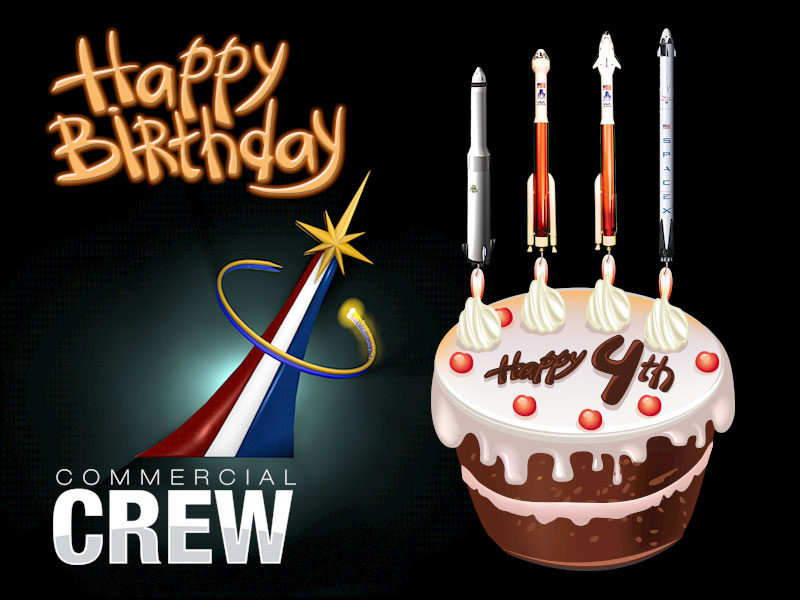
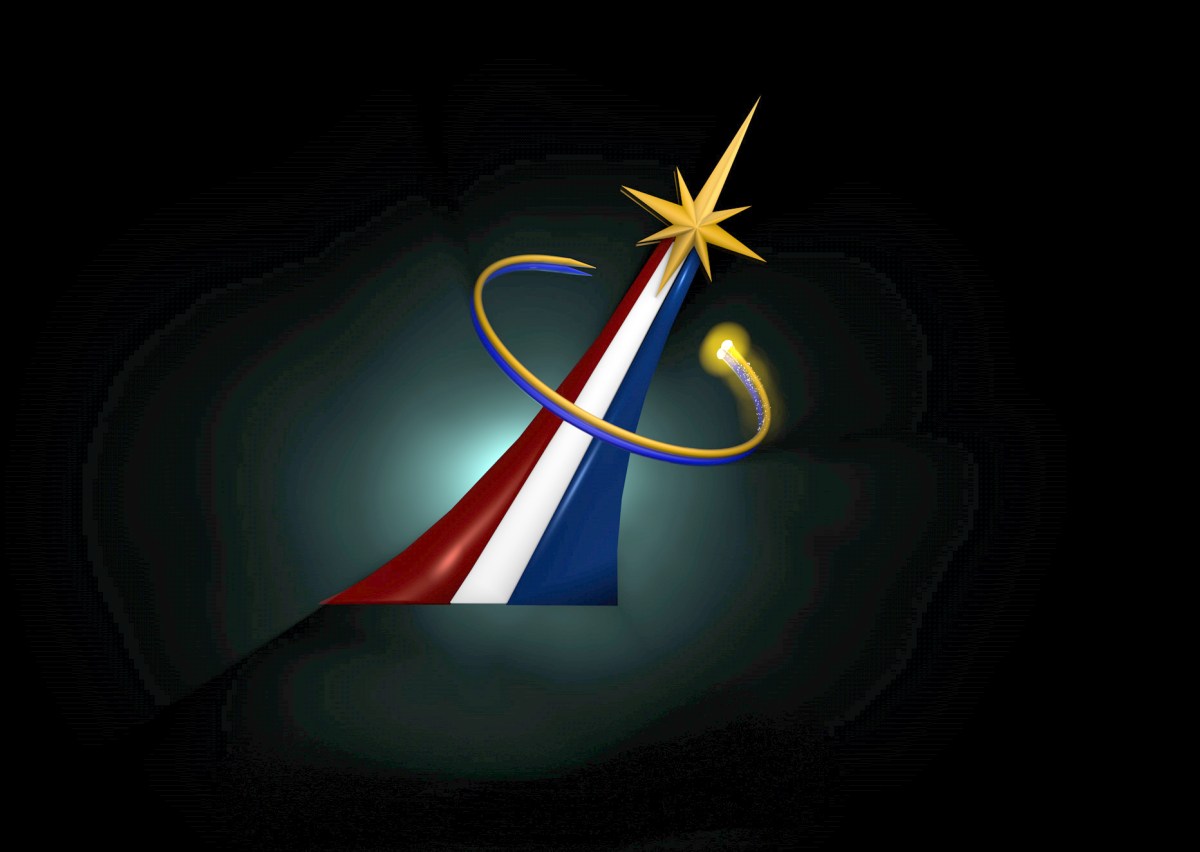
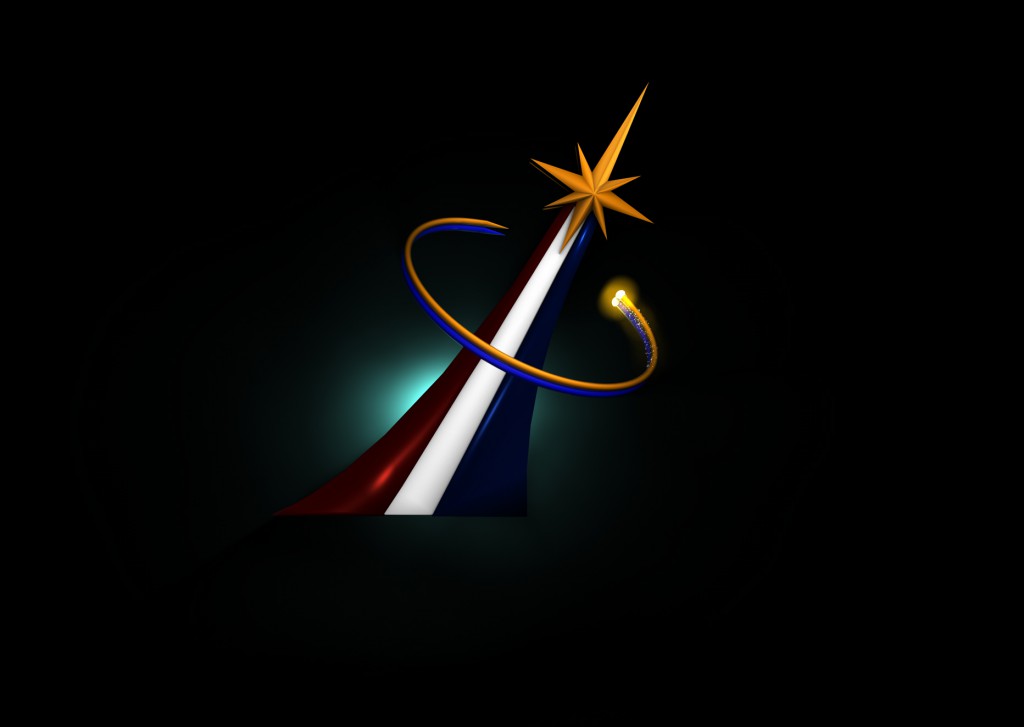
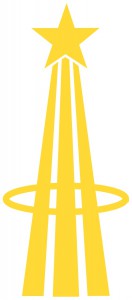


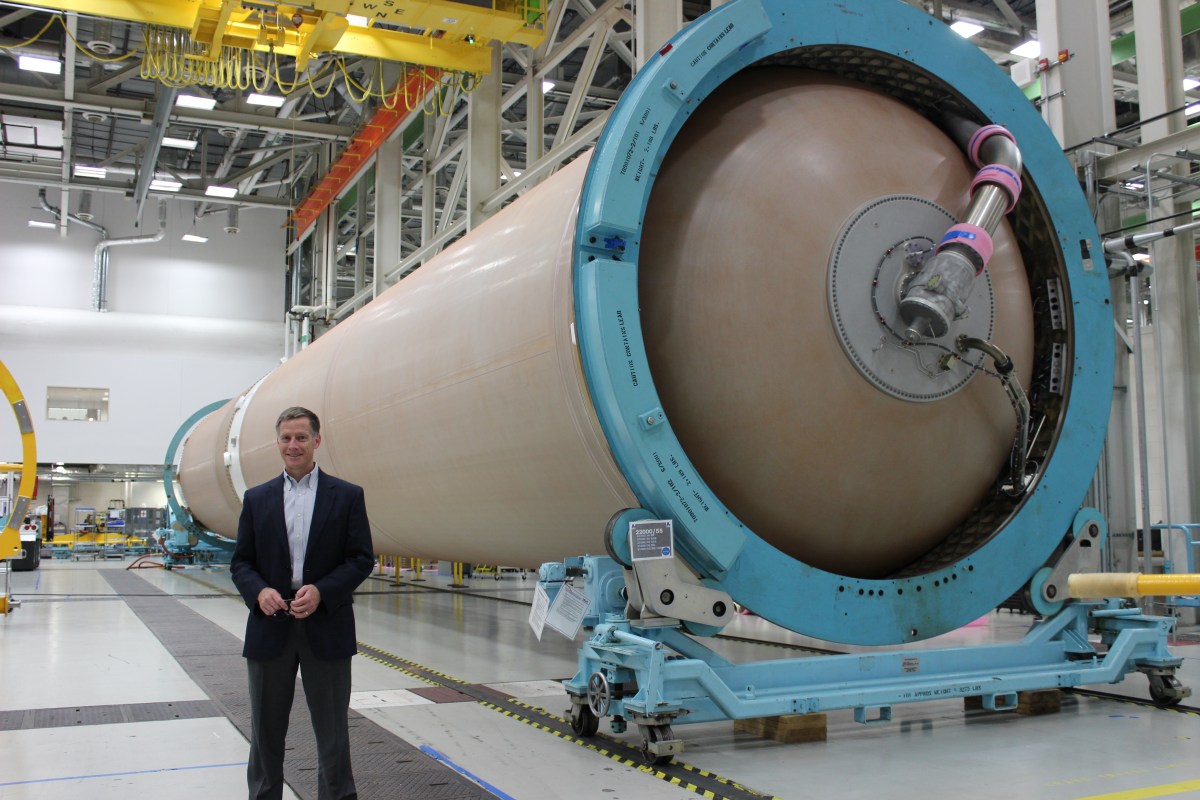
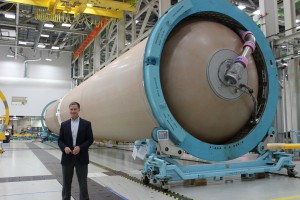 Their tail numbers are AV-073 and AV-080 and they are two of the Atlas V rockets expected to make history when they launch Boeing’s CST-100 on a pair of flight tests to set the stage for operational flights in the future carrying astronauts to the International Space Station. The first flight will not carry anyone but will perform orbital checkouts to prove the CST-100 systems. The second flight is to have people aboard and run a mission profile similar to the ones NASA will ask for when it begins regular Commercial Crew missions to the orbiting laboratory. Read the full story at
Their tail numbers are AV-073 and AV-080 and they are two of the Atlas V rockets expected to make history when they launch Boeing’s CST-100 on a pair of flight tests to set the stage for operational flights in the future carrying astronauts to the International Space Station. The first flight will not carry anyone but will perform orbital checkouts to prove the CST-100 systems. The second flight is to have people aboard and run a mission profile similar to the ones NASA will ask for when it begins regular Commercial Crew missions to the orbiting laboratory. Read the full story at 


